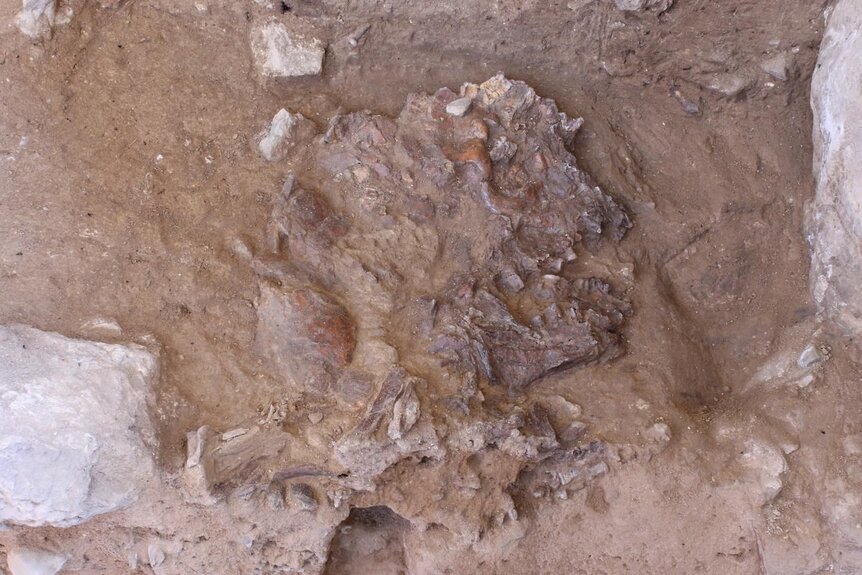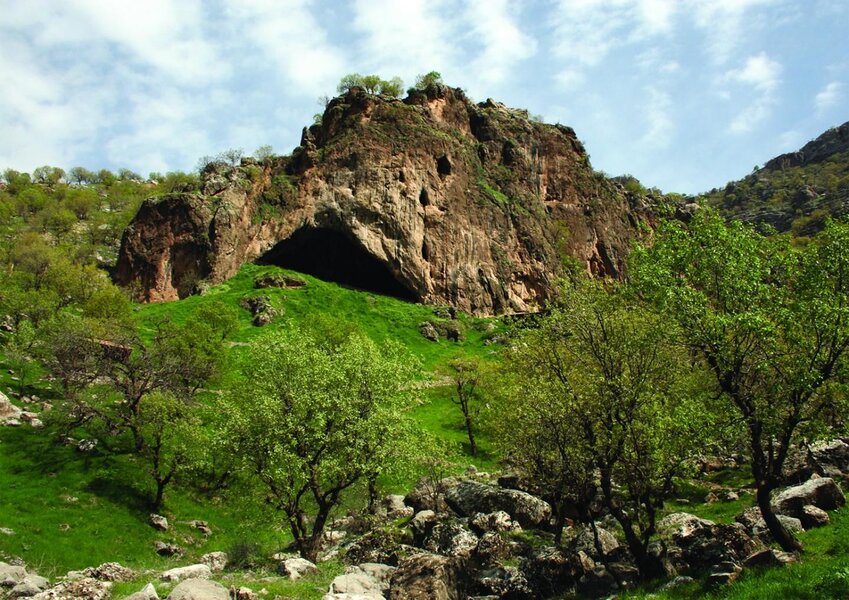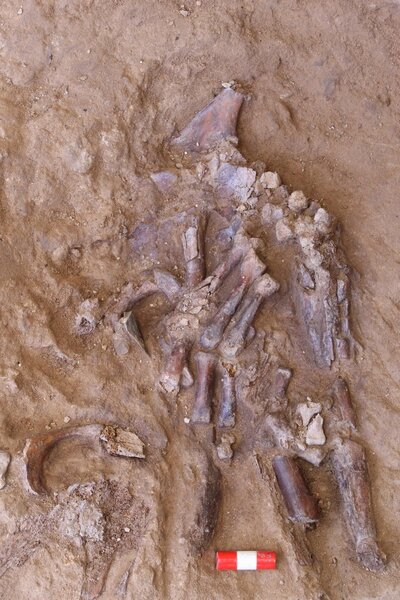Create a free profile to get unlimited access to exclusive videos, sweepstakes, and more!
RIP: Rare 70,000-year-old skeleton reveals ancient Neanderthal death rites

A culture's sacred funeral and burial rituals are a deeply ingrained component of every society, ranging from flower-filled religious gatherings and somber remembrance processions to wood-stoked pagan pyres and heroic bodies consumed by flames aboard celebratory ships drifting out to sea.
For decades, scientists didn't believe that the Neanderthal people, thought to be animalistic and unintelligent, practiced any particular death rituals for their loved ones. But a recent discovery published this week in the online journal Antiquities, led by scientists from the University of Cambridge, confirms that these ancient humans did indeed enact certain formal mortuary habits.
With the first articulated Neanderthal skeleton to emerge from the earth in over two decades from the famous Shanidar Cave in the foothills of the Baradost Mountains of northeast Iraqi Kurdistan, researchers have been afforded a rare chance to explore and investigate the burial practices of this misunderstood species by employing modern digital technology.
"So much research on how Neanderthals treated their dead has to involve returning to finds from sixty or even a hundred years ago, when archaeological techniques were more limited, and that only ever gets you so far," said lead study author Dr. Emma Pomeroy of Cambridge's Department of Archaeology.
Shanidar Cave is a prehistoric treasure that was first excavated back in the 1950s by archaeologist Ralph Solecki, who unearthed the partial skeletal remains of 10 Neanderthal men, women, and children. These bodies were discovered in a group, many arranged together, and one in particular had been buried with bunches of ancient pollen.
Solecki claimed that this was evidence that Neanderthals formally buried their dead and officially conducted burial rites complete with flowers, causing scientists to reassess their ideas of these primitive Pleistocene Epoch peoples. But was this truly indicating complex death rituals or simply a coincidence that held much less significance?
In 2018/19 a team of researchers headquartered at Cambridge, Birkbeck, and Liverpool John Moores universities went back and reopened the old Solecki site to round up fresh sediment samples, and unexpectedly stumbled across the flattened skull and torso bones of another Shanidar Neanderthal they named Shanidar Z.
"In recent years we have seen increasing evidence that Neanderthals were more sophisticated than previously thought, from cave markings to use of decorative shells and raptor talons," Pomeroy explained. "If Neanderthals were using Shanidar cave as a site of memory for the repeated ritual interment of their dead, it would suggest cultural complexity of a high order."
Initial dating tests of Shanidar Z indicate that it's more than 70,000 years old, with an as-yet-undetermined gender labeled for this "middle-to older-aged adult." According to the research paper, recent excavation theorizes many of these bodies were placed in a channel in the cave floor carved out by water, and that there's evidence it was intentionally dug deeper for intentional burials.
Shanidar Z is now on loan to the archaeological labs at Cambridge, where it's being carefully conserved and scanned to aid in building a complete digital reconstruction, as eager scientists continue to clean the 70,000-year-old bones of eons of accumulated dirt and silt.
CT-scans already completed in Cambridge labs have revealed the dense petrous bone at the base of the skull to be totally intact, which could offer the slim hope of extracting actual Neanderthal DNA from this arid Iraqi region where rampant interbreeding occured when early humans migrated from Africa.

















